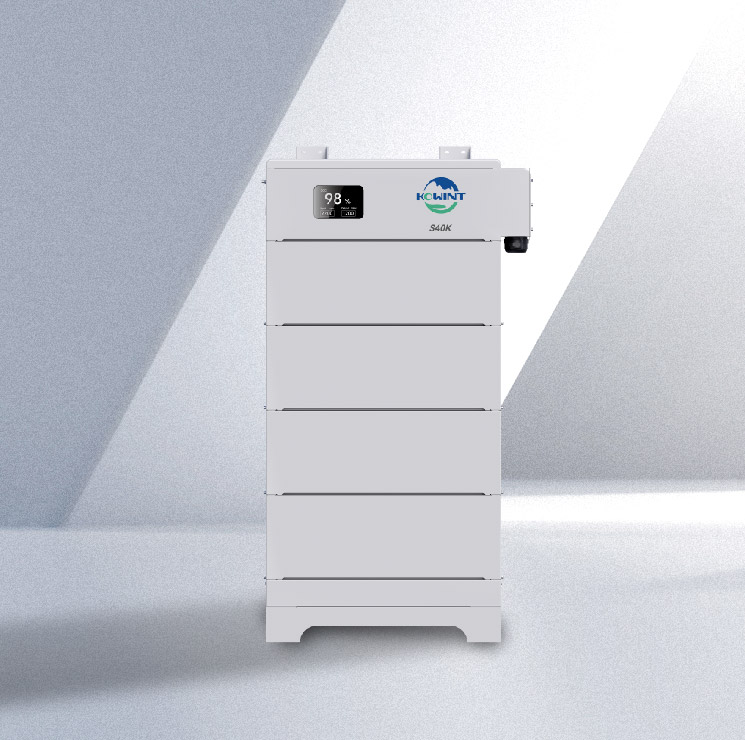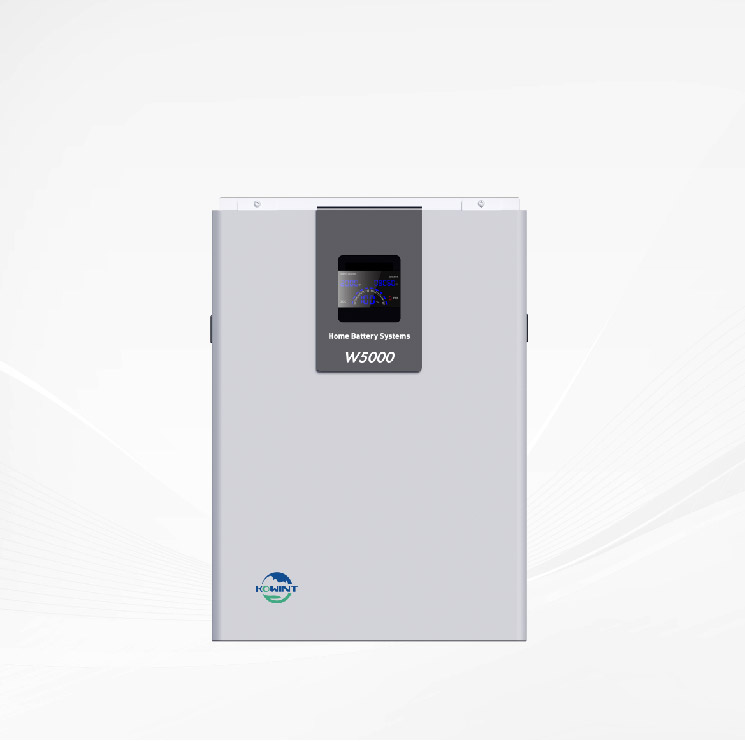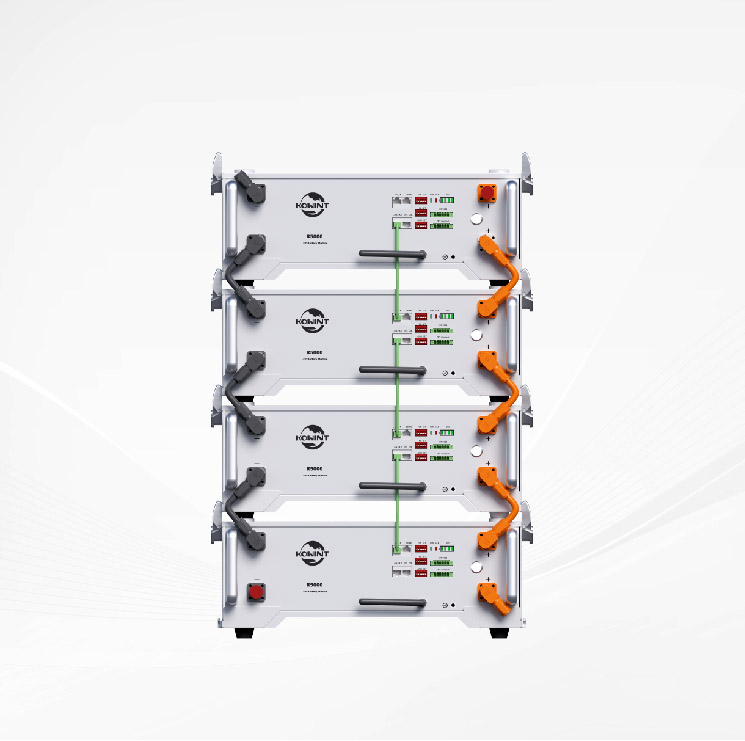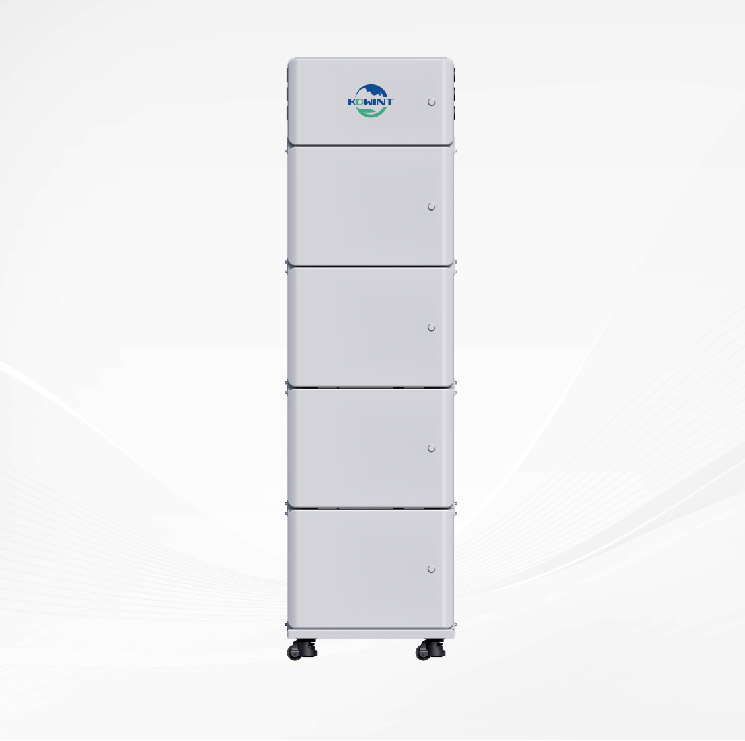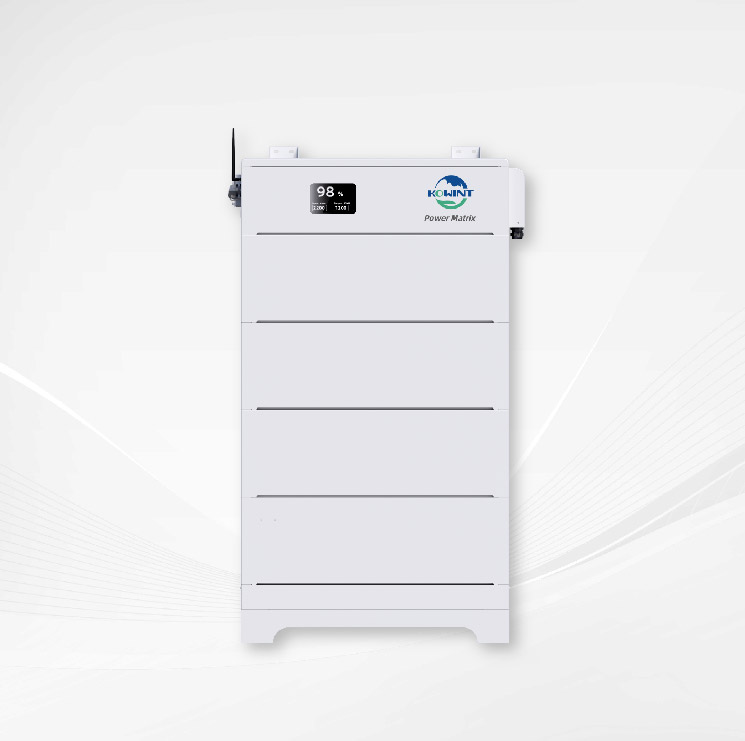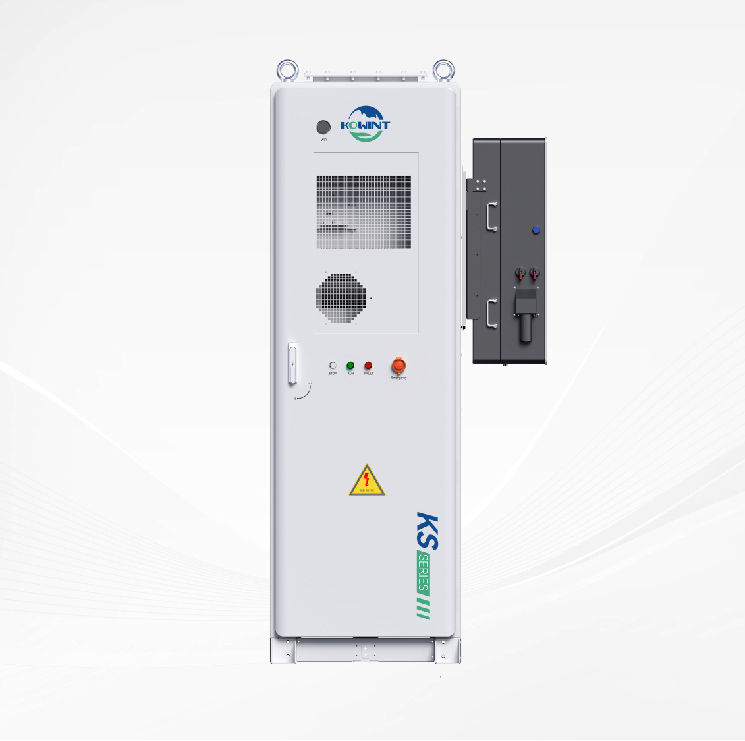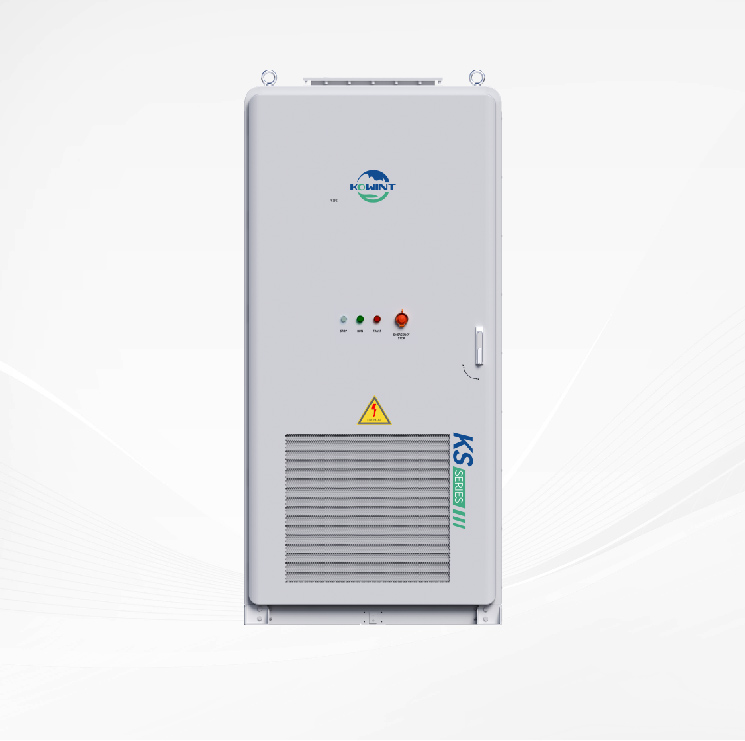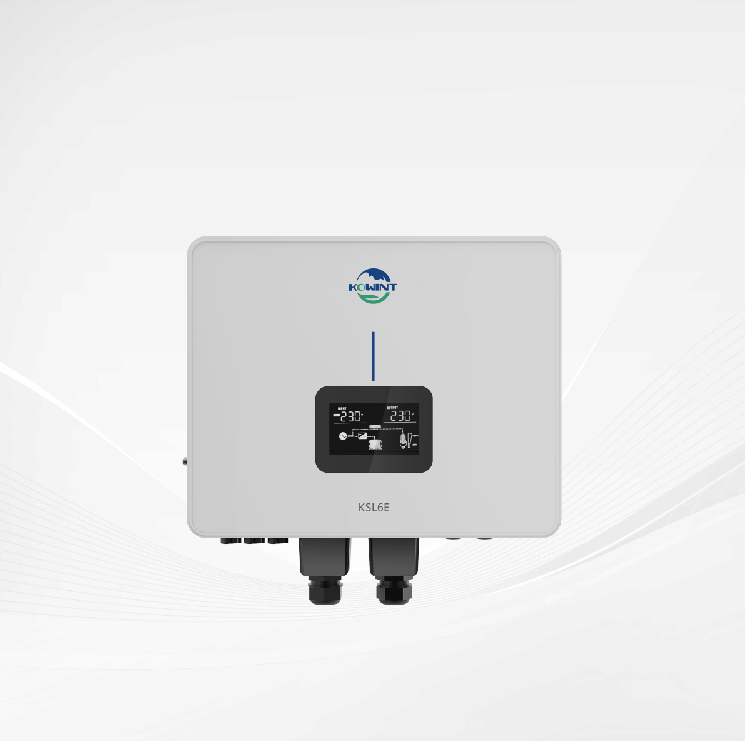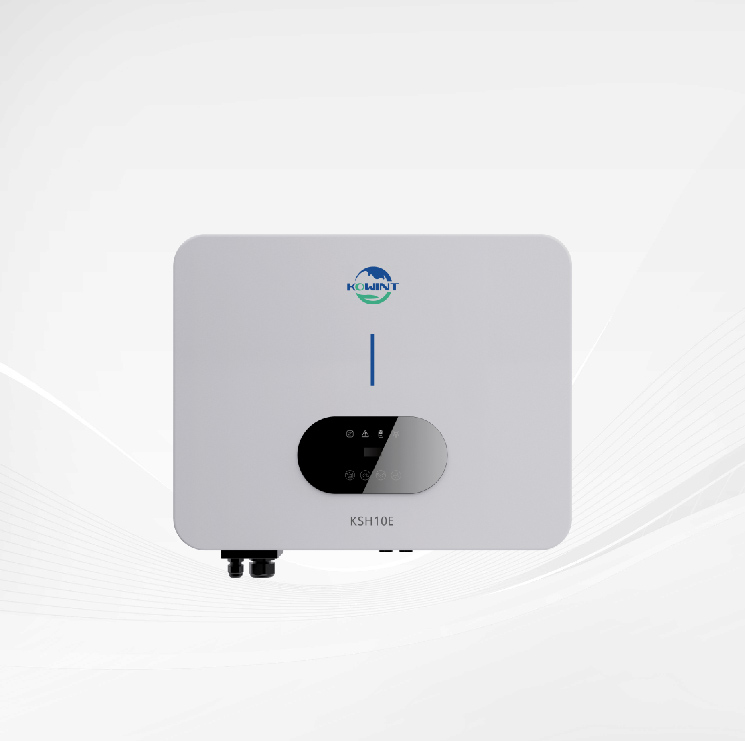Empowering the Future: Microgrid Solutions
Introduction
In todays world, where we prioritize energy sustainability, reliability and resilience microgrid solutions have emerged as a game changer, in the power industry. These innovative systems are self sustaining and localized utilizing distributed energy resources (DERs) to generate, store and distribute electricity. This article delves into microgrid solutions discussing their concept, components, benefits and how they revolutionize our perspective on energy.
Understanding Microgrid Solutions
A microgrid refers to an energy system that can function both autonomously and in coordination with the power grid. What sets microgrids apart from grid systems is their ability to switch between being connected to the grid or operating in an isolated mode. These adaptable systems incorporate DERs like panels, wind turbines, combined heat and power (CHP) units alongside energy storage systems. The primary objective of microgrids is to optimize energy generation while minimizing impact and ensuring a power supply.
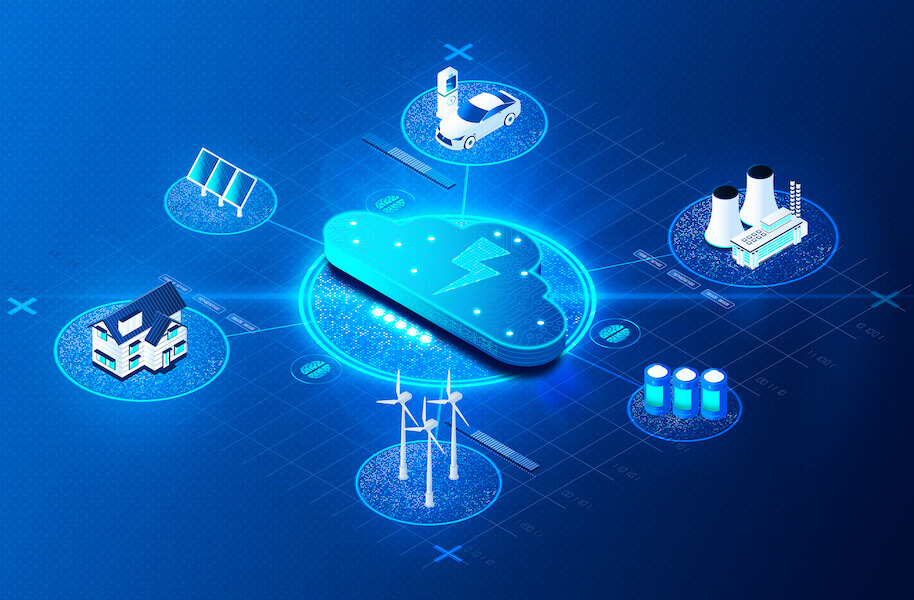
Components of Microgrid Solutions
To truly comprehend microgrid solutions it is crucial to grasp the components that facilitate their operation;
Energy Generation Sources
l Solar Panels; Convert sunlight, into electricity.
l Wind turbines are used to harness the power of wind and generate electricity.
l CHP units are capable of producing both electricity and useful heat.
l Diesel generators serve as sources, during power outages.
Energy Storage Systems
l Energy storage systems come in forms. Battery banks store electricity, which can be used during periods of demand or outages.
l Flywheels store kinetic energy. Can discharge it quickly when needed.
l Pumped hydro storage involves storing energy by pumping water to an elevation releasing it to generate electricity as required.
Inverter Systems
l Inverter systems play a role in converting current (DC) from solar panels and batteries into alternating current (AC) which is suitable for use in homes and businesses.
l They also enable synchronization with the grid for energy exchange.
Energy Management Systems (EMS)
Energy management systems (EMS) monitor aspects such as energy generation, consumption and storage in time. They make decisions on optimizing microgrid performance. Coordinate the flow of energy within the microgrid well as with the main grid.
Control and Protection Systems
Control and protection systems ensure the stability and safety of microgrids by detecting and responding to fault conditions promptly to prevent disturbances across the grid. They also facilitate coordination between microgrids and the main grid.
Communication Networks
Communication networks play a role in enabling real time data exchange, between microgrids and the main grid enhancing control capabilities monitoring efficiency and ensuring responses to grid events.
The advantages of Microgrid Solutions
Microgrid solutions offer a range of benefits that make them increasingly appealing in todays changing energy landscape;
1. Energy Resilience;
During grid failures microgrids can function independently ensuring power supply to facilities, like hospitals, military bases and data centers.
They enhance the resilience of communities and organizations against disasters and emergencies.
2. Energy Optimization;
By integrating a variety of energy sources and storage options microgrids effectively balance supply and demand.
They allow for the selling of energy to the main grid and purchasing power during off peak hours resulting in reduced energy costs.
3. Sustainability;
Microgrids incorporate energy sources thereby reducing greenhouse gas emissions.
Surplus clean energy can be shared with the grid contributing to a sustainable energy ecosystem.
4. Economic Efficiency;
Participation in demand response programs enables adjusting energy consumption based on grid conditions while receiving compensation.
Initial investment costs can be offset through savings, on energy bills as potential revenue streams.
5. Enhanced Grid Resilience;
Microgrids act as distributed energy resources that support the grid during demand or emergencies.
By reducing strain on the grid they contribute to grid stability.
These benefits demonstrate why microgrid solutions are becoming increasingly attractive in todays evolving energy landscape.Applications of Microgrid Solutions
Applications of Microgrid Solutions
Microgrid solutions have been applied in contexts illustrating their versatility and usefulness;
1. Remote Communities;
Provide self sustaining energy sources, for areas that lack grid access.
Utilize renewable resources like solar and wind to ensure a power supply.
2. Military Bases;
Ensure the operation of military infrastructure.
Offer energy resilience and the ability to disconnect from the main grid during sensitive operations.
3. Universities and Campuses;
Implement microgrids to achieve sustainability goals.
Reduce energy costs by integrating panels and energy storage systems.
4. Industrial Facilities;
Enhance energy resilience for manufacturing plants and factories.
Operate autonomously during grid failures. Connect to the grid during energy market conditions.
5. Critical Infrastructure;
Guarantee uninterrupted power supply for hospitals, data centers and emergency response centers.
Mitigate the impact of power outages on safety and essential services.
Solutions
While microgrid solutions offer advantages they also come with challenges that need to be addressed in order to fully unleash their potential;
Interconnection Standards;
Challenge; Ensuring seamless integration of microgrids, with the main grid while adhering to established standards.Solution; To address the challenges faced in microgrid operations it is crucial for microgrid operators, utilities and regulatory bodies to come together and establish interconnection standards.
Grid Synchronization;
One of the challenges, in microgrid operations is synchronizing the voltage and frequency of the microgrid with that of the grid to ensure seamless energy exchange. The solution lies in utilizing inverter technologies and control systems that enable grid synchronization.
Protection Coordination;
Coordinating protection systems between the microgrid and the main grid can be a task. However it can be tackled by implementing protection relays and communication protocols that ensure timely fault isolation without causing disturbances.
Cybersecurity;
As digital technologies and communication networks play a role in microgrid operations it becomes essential to address cybersecurity risks. Robust cybersecurity measures should be put in place to safeguard against cyber threats and ensure the security of microgrid systems.
Regulatory Framework;
The evolving nature of regulations poses a challenge when integrating microgrids into existing frameworks. To overcome this challenge, policymakers, utilities and industry stakeholders must collaborate closely to develop frameworks that support integration of microgrids.
The Future of Microgrid Solutions
Microgrid solutions hold potential for shaping our energy landscape as we move towards more resilient sources of energy. With advancing technology these solutions will play a role, in meeting our energy needs effectively.
There are areas where microgrid solutions are expected to bring about significant change;
1. Energy Independence;
Microgrid solutions will give individuals, businesses and communities the ability to rely less on grid systems making them more self sufficient, in terms of energy.
2. Integration of Renewable Energy;
The integration of energy sources into microgrids will continue to expand resulting in reduced carbon emissions and a positive impact on sustainability.
3. Enhancing Grid Stability;
Microgrids will play a role in improving grid stability by acting as distributed energy resources that can provide support to the grid during peak demand or emergencies.
4. Building Community Resilience;
By implementing microgrid solutions communities can better withstand disasters and power outages ensuring that critical services remain operational during challenging times.
5. Advancing Energy Efficiency;
With advancements in microgrid technology we anticipate optimization of energy generation and consumption leading to reduced waste and cost savings.
6. Integration with Smart Grid Systems;
Microgrids will increasingly integrate with grid systems enhancing the intelligence of the energy infrastructure and enabling more efficient distribution of energy resources.
7. Decentralization of Power Generation;
Microgrid solutions will contribute to a reliable energy ecosystem by decentralizing power generation processes.
Final thoughts
In conclusion microgrid solutions offer an approach to addressing the evolving challenges, in the field of energy today.
As we grapple with the challenges of climate change, natural disasters and the urgent need, for more dependable energy sources microgrids present a versatile and scalable solution. Their unique ability to effortlessly switch between being connected to the power grid and operating independently their incorporation of energy sources and their role in enhancing resilience make them a crucial component of our energy future.
With advancing technology and evolving frameworks supporting microgrids we can anticipate an adoption of these systems across various applications ranging from remote communities to bustling urban centers. Microgrid solutions have the potential to democratize access to energy by ensuring that power generation and distribution are more accessible and resilient for all.
In a world where sustainability and resilience in energy're concerns microgrid solutions are illuminating the path, towards a brighter and more reliable future. Their adaptability and capacity to tackle challenges position them as promising contenders in transitioning towards a more sustainable and resilient energy ecosystem.


 Residential Energy Storage System
Residential Energy Storage System Commercial & Industrial BESS
Commercial & Industrial BESS Residential inverter
Residential inverter